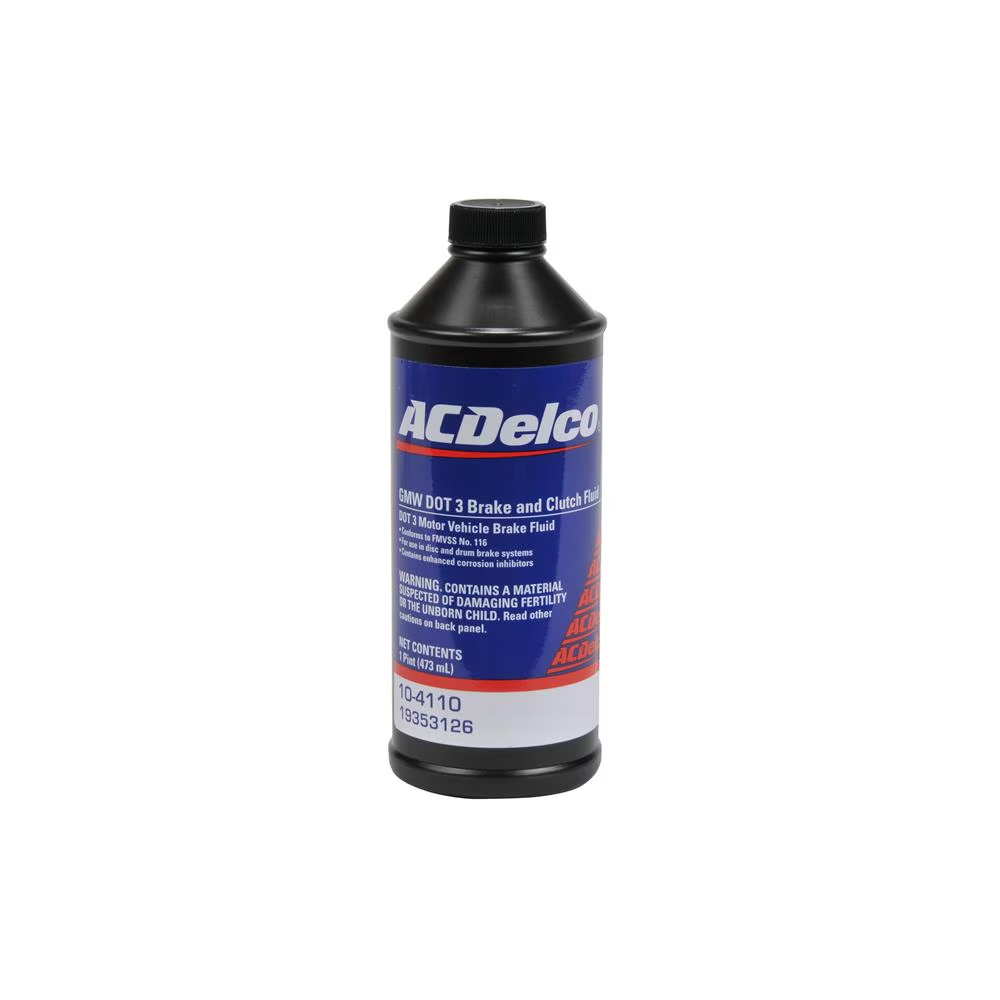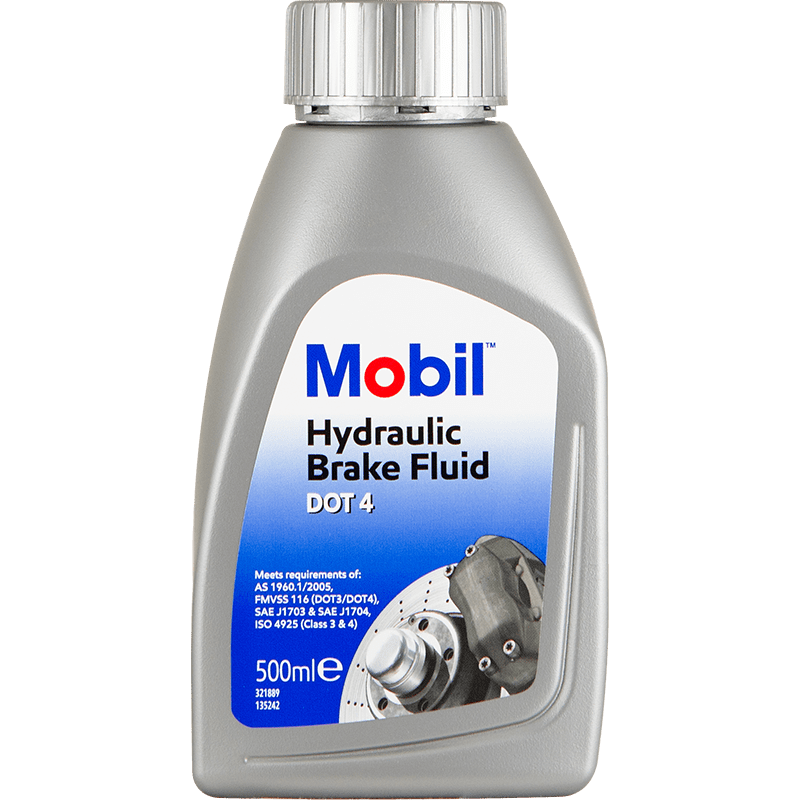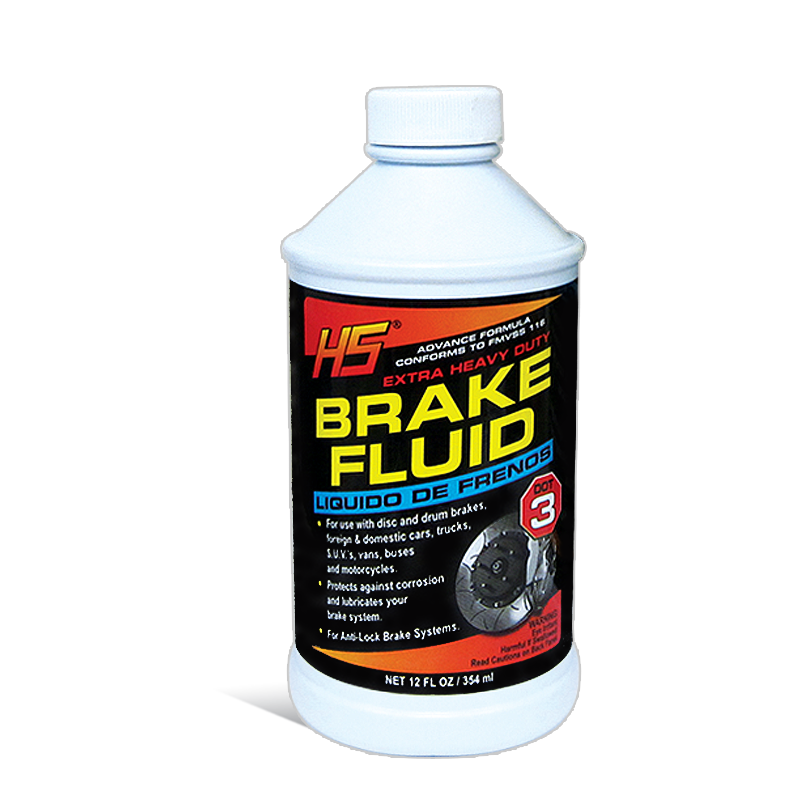Introduction: Understanding Brake Fluid and Power Steering Fluid
The Role of Brake Fluid
Brake fluid is a specially formulated hydraulic fluid designed to operate the braking system of a vehicle. It plays a critical role in ensuring that when the driver applies pressure to the brake pedal, that force is transferred to the braking components that engage the wheels. This fluid must have a high boiling point to prevent vaporization under intense heat, as overheated fluid can lead to brake failure. Additionally, brake fluid is hygroscopic, meaning it absorbs moisture from the atmosphere over time. This characteristic can reduce its effectiveness and prompt corrosion in the braking system. Therefore, regular maintenance and timely fluid changes are crucial to maintaining optimal braking performance.
The Function of Power Steering Fluid
On the other hand, power steering fluid is designed to assist with the steering mechanism of a vehicle. This fluid enables the smooth movement of the steering wheel, making it easier for drivers to steer, especially at lower speeds. Power steering fluid operates by generating hydraulic pressure that aids in turning the wheels with minimal effort. Different manufacturers may recommend specific types of power steering fluid based on the design of the system, which can vary significantly. Like brake fluid, the power steering fluid is also subject to wear and contamination, necessitating regular inspections and maintenance.

Differences Between Brake Fluid and Power Steering Fluid
Composition and Properties
Brake fluid and power steering fluid have different formulations, tailored to their specific functions and requirements. Brake fluid typically contains glycol or silicone, which allows it to withstand high pressures and temperatures without breaking down. The formulation gives it a high resistance to boiling, which is essential for maintaining consistent braking performance.
- Brake Fluid: Its composition allows for the rapid transfer of force needed for effective braking. Its ability to absorb moisture, while contributing to its safety, can reduce the fluid’s boiling point over time without maintenance.
- Power Steering Fluid: This fluid typically contains additives that improve resistance to oxidation and enhance lubricity. This helps protect the internal components of the power steering system, ensuring smooth operation under various conditions.
Application and Importance
While both fluids are essential to vehicle performance, their applications within the vehicle are very different, highlighting why substituting one for the other is unwise. Brake fluid is critical for stopping capabilities and overall vehicle safety, while power steering fluid is necessary for ease of handling and driving comfort.
- Brake Fluid Importance: Given that the braking system is vital for safety, any compromised fluid can lead to dangerous situations if the brakes fail.
- Power Steering Fluid Importance: A well-functioning power steering system is crucial for driver control, especially in emergency situations or when parallel parking.

Risks of Substituting Brake Fluid for Power Steering Fluid
Potential Damage to the Power Steering System
Using brake fluid in the power steering system can lead to disastrous consequences. The design of the hydraulic seals, hoses, and components in the power steering system does not accommodate the properties of brake fluid. If someone introduces brake fluid, it may cause these components to swell, harden, or degrade.
- Seal Deterioration: The seals can become compromised, leading to leaks and loss of hydraulic pressure. This ultimately can render the power steering system ineffective, causing difficulties when steering.
- Performance Issues: If the steering feels stiff or unresponsive after such a substitution, it may already indicate significant internal damage. The longer someone operates the vehicle under these conditions, the more extensive the damage can become, leading to costly repairs.
Safety Concerns
Driving with a faulty power steering system introduces significant safety risks. If your steering fails due to liquid incompatibility, the consequences could be severe. The ability to maneuver the vehicle quickly in emergencies can be hindered, affecting overall control.
- Reaction Time: Slow or stiff steering can greatly inhibit your reaction time during critical driving situations, making it difficult to respond to sudden changes or obstacles on the road.
- Driver Confidence: Experiencing steering issues can cause anxiety for drivers, especially in busy traffic. This can lead to hesitation or uncertainty when making decisions behind the wheel.

Identifying the Right Fluids
Checking Fluid Levels
To prevent potential issues with both brake fluid and power steering fluid, regularly checking fluid levels is essential for vehicle maintenance. Each fluid type has specific reservoirs that are easily accessible in most vehicles.
- Locating the Reservoirs: Refer to your owner’s manual for information on how to locate both the brake fluid reservoir and the power steering fluid reservoir. Knowing where to look is key in maintaining appropriate fluid levels.
- Checking Levels: Utilize dipsticks or sight glasses, if equipped, to assess fluid levels. Look for any signs of contamination, such as discoloration or cloudiness, in addition to simply checking minimum and maximum levels.
Understanding Fluid Specifications
Using the correct specifications for each fluid type ensures the health of your vehicle’s systems. Each vehicle might have varying requirements regarding the fluids used.
- Brake Fluid Specifications: Brake fluids are classified by DOT ratings—such as DOT 3, DOT 4, and DOT 5—which indicate their boiling points and performance under stress. Always ensure you use the recommended type for your vehicle.
- Power Steering Fluid Specifications: Different vehicles may require specific formulations of power steering fluid. Whether synthetic or conventional, ensure you follow the manufacturer’s guidelines.
How to Properly Maintain Brake and Power Steering Fluids
Regular Checks and Changes
Maintaining the proper fluid levels is an integral part of vehicle upkeep. Each fluid type requires its own maintenance routine to ensure reliable performance.
- Brake Fluid Maintenance: Generally, manufacturers recommend changing brake fluid every two years or after a specific mileage interval. Additionally, regularly testing the fluid for moisture content can help identify when a change is needed.
- Power Steering Fluid Maintenance: Power steering fluid should be checked every 50,000 miles or as recommended by your vehicle’s manual. Flushing the system may also be necessary over time to remove contaminants and old fluid.
Addressing Contamination
Contaminated fluids can significantly compromise performance in both systems. As time goes by, wear particles, dust, and moisture can accumulate in both brake and steering systems, leading to inefficiencies.
- Brake Fluid Contamination: Moisture absorbed by brake fluid can lead to corrosion and reduced boiling points. A proper fluid replacement should be undertaken to prevent such deterioration.
- Power Steering Fluid Contamination: Power steering fluid can also degrade over time. A complete fluid flush may be necessary to maintain system integrity.

What to Do in an Emergency
Identifying Fluid Needs
In emergencies, it is crucial to assess the situation carefully. If your vehicle is low on power steering fluid and the only option available is brake fluid, using it is not recommended. Instead, examine the immediate surroundings for alternate solutions.
- Assessing the Fluid Situation: Look for explicit signs of fluid loss. If the power steering reservoir is empty, check for leaks or visible damage.
- Temporary Solutions: If driving is absolutely necessary and conditions allow it, attempt to procure the correct fluid from a nearby store. Of course, do not attempt to drive without adequate steering fluid, as it may lead to severe steering impairment.
Professional Help
If you are in doubt about the condition of your vehicle’s fluids, seeking professional assistance is advisable. Mechanics have specialized equipment to diagnose issues and offer reliable solutions.
- Diagnostic Inspection: A proper inspection can quickly uncover potential safety issues related to fluid levels. Mechanics can provide assessments and identify broader concerns affecting your vehicle.
- Fluid Replacement Services: Professionals are trained to safely remove contaminated fluids and replace them with the correct types, ensuring all systems function properly after service.
Conclusion: The Importance of Using the Right Fluids
Emphasizing Caution
Understanding the significant differences between brake fluid and power steering fluid cannot be overstated. While it may seem easier to use one fluid in place of the other in a pinch, this practice can have dangerous consequences. Vehicle manufacturers engineer hydraulic systems to work with specific fluid types, and choosing the correct one is essential for ensuring safety and efficiency.
Proactive Maintenance Choices
Regular maintenance, including checking fluid levels and conditions, is your best defense against potential issues. By using appropriate fluids and following manufacturer recommendations, drivers can ensure the optimal performance of their vehicle’s braking and steering systems.

Making Informed Decisions
Finally, the best approach is to make educated choices based on an understanding of your vehicle’s requirements. Familiarize yourself with your car’s specifications, including the differences between brake fluid and power steering fluid, to help you choose the right fluids and avoid adding unnecessary risk. Keeping informed not only protects your vehicle but also enhances your driving experience. Ultimately, prioritizing safety and vehicle maintenance leads to a smoother ride and a more secure driving environment. Drive safely and take the time necessary to understand the importance of proper fluid usage.

Leave a Reply